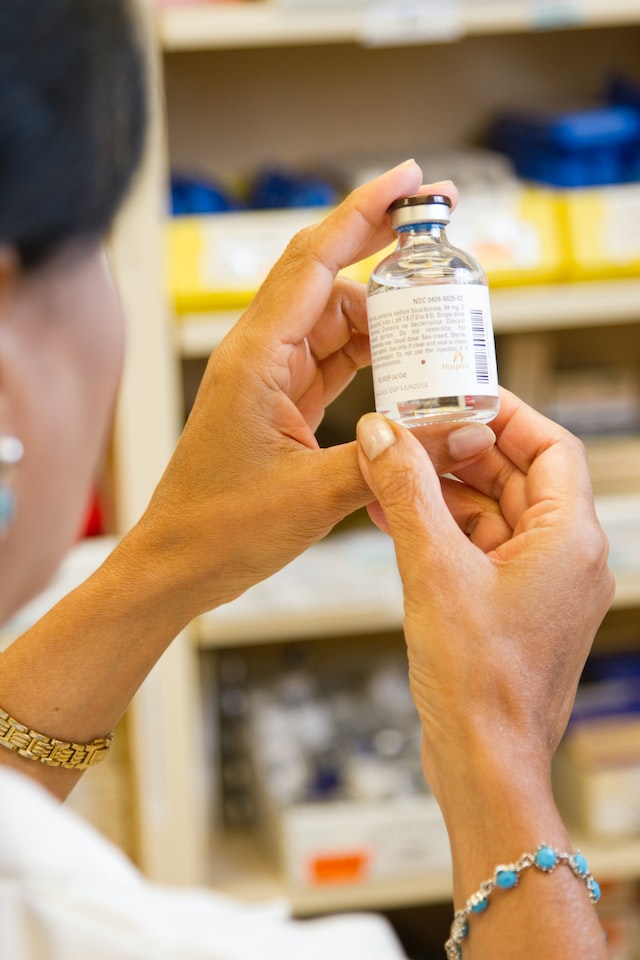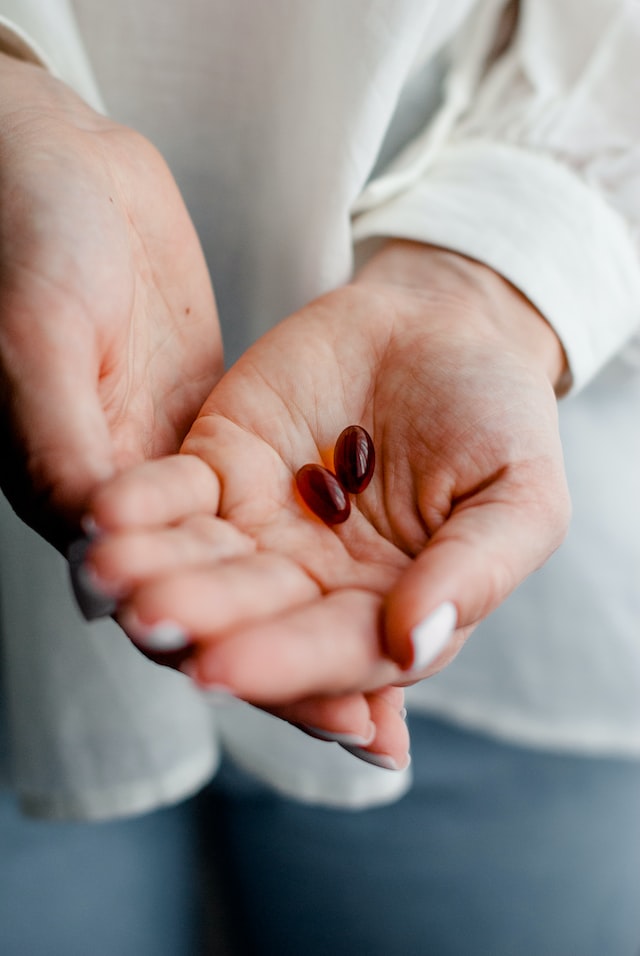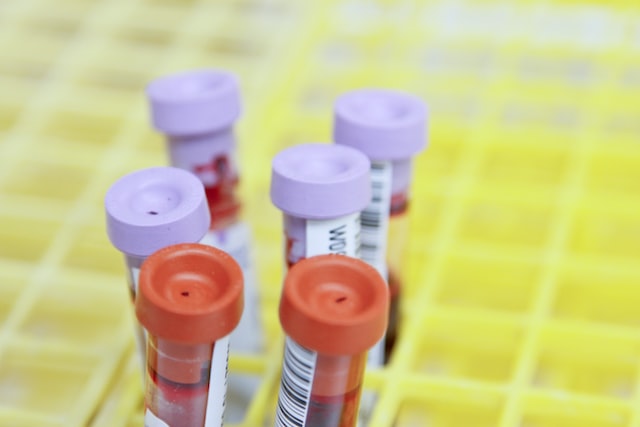Like a shortcut, it allows pharmaceutical companies to reduce the risk of original innovation and fast-track their way to success. "Eli Lilly, the drug king, has also proved the feasibility of this route.

But there are always two sides to everything. Behind this seemingly perfect shortcut, there are still R&D pitfalls along the way. The American drug company Sutro is the latest victim.
In the past, Sutro thought that its FRα ADC drug STRO-002 would be a me btter product that would topple the first in class drugs to the ground.
But unfortunately, the latest published clinical data shows that STRO-002 is not that far removed from the first FRα ADC, IMGN853, and is more of a me too drug.
As a me too drug, the future of STRO-002 is hardly clear in the brutal US market. The secondary market, too, responded to its clinical data with a plunge in share price.

Sutro is not the first to fall into the "me better" trap, nor will it be the last.
01 A less than perfect first in class
FRα (folate receptor alpha) is a promising target in the fight against cancer that has caused many big pharmaceutical companies headaches.
Folic acid is an essential vitamin for the body, but the body also needs to take it from outside. This brings us to the question, who will deliver the folic acid? Members of the folic acid receptor family have taken it upon themselves to take on this responsibility.
Among them, FRα is the most promising receptor as a drug target. In addition to delivering folic acid, FRα also regulates the expression of key developmental genes in cancer cells and has been found to play a role in the process of cancer cell proliferation and metastasis. In theory, the metastasis and invasion of tumours can be controlled by inhibiting FRα.
Since its discovery in the 1990s, only one drug has been marketed. Previously, top pharmaceutical companies such as Merck Sharp & Dohme and Eisai have developed coupled drugs and monoclonal antibodies against the FRα target, all of which ended in failure.

It was only in 2022 that immunogen, which has been deeply involved in this field for many years, changed the situation. In a single-arm clinical trial called SORAYA, IMGN853 monotherapy for platinum-resistant ovarian cancer with high FRα expression met the clinical endpoint with an objective remission rate of 32% and a median duration of remission of 6.9 months.
In light of this clinical data, on November 15, 2022, IMGN853 received accelerated marketing approval from the FDA, making it the first FRα ADC to be approved for marketing.
Despite its first-in-class aura, IMGN853 is hardly perfect and even has a number of bugs to overcome.
The most important criterion for evaluating an innovative drug is, of course, efficacy. In this respect, the problem with IMGN853 is that it is only effective in patients with high levels of FRα expression. Such patients represent only 35-40% of the ovarian cancer population, and there is nothing that IMGN853 can do for the larger number of patients with low to moderate FRα expression.
In addition to efficacy, safety is also a key indicator for evaluating a drug. Toxicity issues are a concern with FRα drugs, and IMGN853 is no exception.
In clinical trials, 31% of patients experienced serious adverse reactions while using IMGN853. Ocular toxicity was even more of an issue that could not be ignored, with one patient discontinuing treatment due to visual impairment. In order to warn about this side effect, the FDA gave IMGN853 a straightforward black box warning.

For latecomers to the FRα ADC field, these shortcomings of IMGN853 represent a breakthrough opportunity. Pharmaceutical companies eyeing on FRα ADCs are trying to make better me better drugs by structurally modifying FRα ADCs to close the loopholes of IMGN853.
Overseas, pharmaceutical companies such as SUTRO and Eisai are looking for opportunities to break through; in China, there are also many players who are eager to make a move.
02 Catching up but hardly becoming me better
Unlike the HER2 ADC track which is overcrowded, there are only 3 FRα ADCs entering the clinic globally. But this does not mean that the competition for FRα ADCs is not fierce.
The most brutal battleground for FRα ADCs is the US market, and Sutro is the player most eager to beat immunogen on this battleground. For no other reason than that only one of them is destined to survive.
Sutro's original plan was to use early clinical data to gain accelerated approval for STRO-002.
Accelerated drug approval can be understood as a way of reviewing drugs before buying a ticket. The FDA offers a "shortcut" to new drugs for diseases for which there is no cure, i.e., to market them first on the basis of early clinical data, and then to fill in the data for full approval. Previously, IMGN853 was marketed for advanced ovarian cancer through this "shortcut".
However, STRO-002's plans have been thwarted by IMGN853, which is expected to receive pivotal data from clinical studies in early 2023 and, if all goes well, will receive full FDA approval.
This could leave STRO-002 with no way out. This is because with IMMGN853 and STRO-002 targeting the same indication, it would be very difficult for STRO-002 to gain accelerated approval if IMMGN853 were to gain full approval.
Unless STRO-002 can become a ME better drug, i.e., with much better clinical data than IMGN853. However, this seems unlikely at present.
Previously, STRO-002 claimed to have the advantage of being able to be effective regardless of FRα expression levels, but in reality, this is not the case.
On 9 January, the latest clinical data published for STRO-002 showed an objective remission rate of 38% in 41 ovarian cancer patients with moderately high FRα expression (TPS > 25%), slightly higher than the 32% rate for IMGN853. However, in terms of median duration of remission, STRO-002 was 5.5 months, slightly lower than IMGN853's 6.9 months. Even looking only at patients with high expression (TPS >75%), the objective remission rate of STRO-002 was only 40%, which was not a clear advantage.
In terms of safety, STRO-002 was not associated with ocular toxicity but had its own set of niggles. STRO-002 was associated with severe neutropenia in 70% of cases.

In the 5.2 mg/kg dose group, one patient died of neutropenia with fever. Knowing that neutropenia has always been a difficult complication in the treatment of malignancies, this side effect is bound to limit the scope of STRO-002. In terms of safety, it is also difficult to argue that STRO-002 is superior to IMGN853.
On balance, STRO-002 is more of a me-too drug than a me better drug for IMGN853.
This means that once IMGN853 is fully approved for marketing, STRO-002 will most likely only be marketed with full Phase III clinical data. This will require SUTRO to spend more time and money, and will be further behind IMGN853 in terms of progress, and even if it is eventually marketed, there will be a question mark over the commercial value of STRO-002.
The performance of STRO-002, SUTRO's flagship product, has also disappointed investors, with SUTRO's share price dropping by 12.42% the day after the STRO-002 figures were released.
03Watch out for the me better "trap"
The me better story that Sutro was building was almost disillusioned. But Sutro is not the first to fall into the me better "trap", nor will it be the last.
Me better has been one of the core strategies of many pharmaceutical companies for a long time.
It is easy to understand that me better drugs simply build on what has been proven before and adapt it to existing problems to come up with a better drug. This makes me better drug development much easier.
And there are too many success stories in the history of me better drugs. For example, Eli Lilly's GLP-1 dulaglutide, which was the top-selling GLP-1 drug in 2020 with $5.3 billion in sales, was a late comeback on the basis of its time-to-dose advantage.
In the face of these cases, everyone feels they can develop the next successful ME BETTER drug. But there are always two sides to everything, and the me better drug development process is still fraught with unseen and unexpected dangers.
To put it simply, the mechanisms of action of molecularly targeted drugs currently on the market are very complex and often involve the whole body. If the understanding of the target is not deep enough, and the experience of optimising the compound is not rich enough, then it is very likely that in practice, a seemingly insignificant change may cause the activity, half-life and affinity of the drug to change, and then "turn over", me better becomes me too or even me worse.
To a certain extent, the development of drugs is like opening a blind box, with a hundred thousand miles between theory and practice. Until the clinical data is available, no one can say whether a drug is me better or not.
Such examples are not uncommon. This follows the announcement by Conrad that the global Phase II clinical trial of the IL-4Rα antibody CBP-201, for the treatment of moderate-to-severe atopic dermatitis, met its primary endpoint. However, the clinical trial was successful and instead of rising, Conrad's share price fell and went on a continuous plunge. The reason lies in the fact that the expectations for its core product, CBP-201, went from ME BETTER to ME WORSE.

Such a story is by no means an isolated case. It also tells us that while pursuing me better drugs, drug companies should also realise that it is definitely not going to be an easy journey.
Only a few strong players will come out on top after all.
